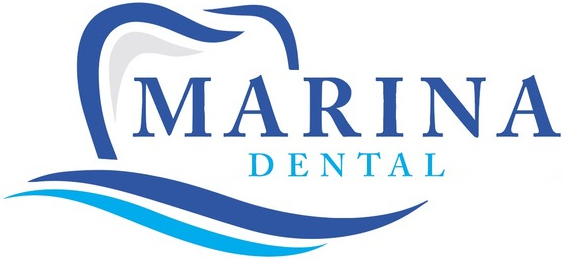Gum Recession
Causes of Gum Recession
Gum recession is an incredibly widespread problem that dentists diagnose and treat on a daily basis. It is important to thoroughly examine the affected areas and make an accurate diagnosis of the actual underlying problem. Once the cause of the gum recession has been determined, surgical and non-surgical procedures can be performed to halt the progress of the recession and prevent it from occurring in the future.
The most common causes of gingival recession are:
- Overaggressive brushing – Over-brushing can almost be as dangerous to the gums as too little. Brushing too hard or brushing with a hard-bristled toothbrush can erode the tooth enamel at the gum line and irritate/inflame gum tissue.
- Poor oral hygiene – When brushing and flossing are performed improperly or not at all, a plaque build up can begin to affect the teeth. The plaque contains various bacterial toxins which can promote infection and erode the underlying jawbone.
- Chewing tobacco – Any kind of tobacco use has devastating effects on the entire oral cavity, chewing tobacco in particular. It aggravates the gingival lining of the mouth and causes gum recession when used continuously.
- Periodontal disease – Periodontal disease can be a result of improper oral hygiene or caused by systemic diseases such as diabetes. The excess sugars in the mouth and narrowed blood vessels experienced by diabetics create a perfect environment for oral bacteria. The bacterium causes an infection which progresses deeper and deeper into the gum and bone tissue, eventually resulting in tooth loss.
Treatment of Gum Recession
Every case of gum recession is slightly different, therefore many treatments are available. The nature of the problem which caused the recession to begin with needs to be addressed first.
If overly aggressive brushing techniques are eroding the gums, a softer toothbrush and a gentler brushing technique should be used. If poor oral hygiene is a problem, prophylaxis (professional dental cleaning) may be recommended to rid the gum pockets of debris and bacteria. In the case of a severe calculus (tartar) build-up, scaling and root planing will be performed to heal gingival inflammation and clean the teeth.
Once the cause of the gingival recession has been addressed, surgery of a more cosmetic or restorative nature might be recommended. Gum tissue regeneration and gum grafting are two excellent ways to restore natural symmetry to the gums and make the smile look more aesthetically pleasing.
If you have any questions or concerns about periodontal disease, periodontal treatments, or gum recession, please contact our office.
- What is Periodontal (Gum) Disease?
- Diagnosis
- Treatment
- Maintenance
- Causes of Periodontal Disease
- Types of Periodontal Disease
- Signs & Symptoms of Periodontal Disease
- Mouth - Body Connection
- Periodontal Disease and Diabetes
- Periodontal Disease, Heart Disease and Stroke
- Periodontal Disease and Osteoporosis
- Periodontal Disease and Respiratory Disease
- Periodontal Disease and Pregnancy
